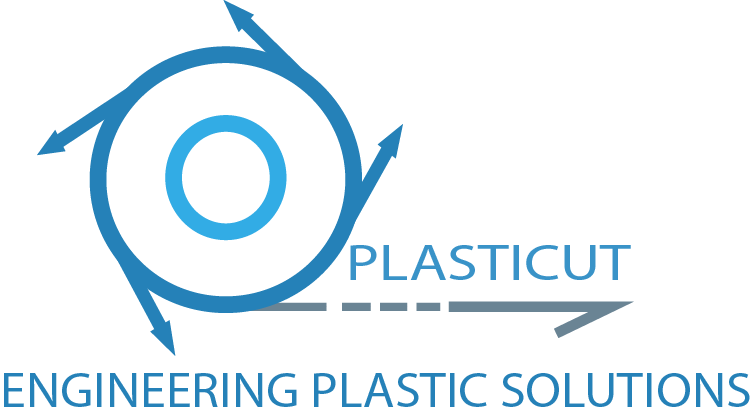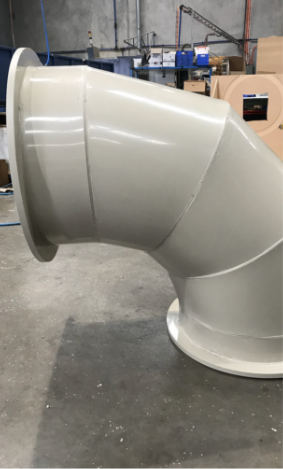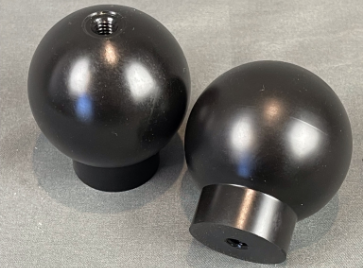If you compare polypropylene and polyethylene, you’ll notice two things. First, they have a lot of overlap and similarities, which isn’t surprising given the similar atoms in both chemicals. Second, you’ll see a few crucial differences between the two that might make one or the other a better choice for your business needs. Both are polyolefin members of the thermoplastic family, and many grades can get melted and reformed more than once. Polypropylene has a higher melting point, but polyethylene is a durable choice for food packaging. This guide covers what each one is, its applications and uses, physical properties, environmental considerations, and cost information. Learning all this can help you make informed decisions in your line of work about which one to use and when.
What Is Polypropylene?
Polypropylene belongs to the polyolefin family as a thermoplastic polymer. At the molecular level, it’s comprised of repeating propylene units. Several manufacturing processes can create it, including extrusion and injection molding. This versatile polymer has a high melting point, rigid structure, and good chemical and moisture resistance. It’s used often for ropes, carpets, consumer goods, and food packaging. The high melting point means it’s a good choice for situations where high temperatures might be involved.
What Is Polyethylene?
Polyethylene is another thermoplastic polymer member of the polyolefin family. The polymer can be made using numerous monomers, but ethylene is used most frequently. Products manufactured with polyethylene can happen because of multiple processes; injection molding and extrusion are two common examples. These products are used in diverse applications, including toys, wire insulation, bottles, and housewares. Useful characteristics of polyethylene include flexibility, high impact strength, and good resistance to both moisture and chemicals. Polyethylene is often sorted into low- and high-density grades. High-density applications include grocery bags and food packaging, while high-density applications include buckets, pipes, and bottles.
Polypropylene vs. Polyethylene: Applications
Polypropylene and polyethylene are both highly versatile polymers useful for various applications. They include grocery bags, buckets, carpets, ropes, food packaging, and consumer goods packaging. While there’s overlap, there are also differences between the two polymers. For instance, polypropylene can be used in making non-translucent materials, although a chemical bleaching treatment can make it translucent. Certain polyethylene materials, however, are translucent by nature.
Both polymers have government approval for food contact applications in many countries, and they’re deemed safe to use with all kinds of food products. Polypropylene is frequently used for packing products that need high-temperature sterilization, whereas polyethylene is used for packaging products needing strong protection because of chemical and moisture resistance. Both polymers feature low levels of material migration into most food products, so industry authorities deem them as low in risk; having said that, polypropylene usually has a lower migration level because it has lower porosity and higher density than polyethylene.
Polypropylene vs. Polyethylene: Uses
Polypropylene and polyethylene are so closely related that they serve many similar industries and applications, but subtle differences mean they’re not identical.
Polypropylene
Polypropylene is a useful resource for the following industries:
- Automotive Components: Chemical resistance makes this material useful in battery cases, bumpers, and interior trims.
- Packaging: The material’s inherent toughness makes it a great choice for closures, bottle caps, and food containers.
- Textiles: Polypropylene’s strength helps geotextile, upholstery, and carpets.
Polyethylene
Polyethylene is frequently used in the following specific uses:
- Automotive Components: Its toughness makes it useful in battery cases and fuel tanks.
- Packaging: Polyethylene is useful for stretch films, shrink wraps, and plastic bags.
- Pipes: This material is used for drainage systems and water supply hardware thanks to its durability and resistance to chemicals.
Polypropylene vs. Polyethylene: Physical Properties
Polypropylene and polyethylene overlap in their applications and uses because they are similar at a chemical level. They’re both polymer chains made of carbon and hydrogen atoms, and these molecules are known for their nonreactive nature when exposed to other chemicals. This helps both materials maintain their structural integrity and aren’t likely to deteriorate in many conditions.
While both materials have many things in common, each substance has unique benefits that can make them situationally better than the other. Polyethylene specifically offers tremendous moisture resistance, as it’s impermeable to water. Polypropylene has a high melting point that helps packages avoid damage when stored or transported during elevated temperatures.
Polypropylene vs. Polyethylene: Recyclability and Sustainability
Both of these materials are something you can recycle, so they contribute to reducing waste, sustainable packaging practices, and driving a circular economy based on environmental support and initiatives. Polypropylene is recyclable for as many as four cycles, but polyethylene is variable. Low-density polyethylene can only be recycled once, but high-density polyethylene can be recycled 10 different times.
Polypropylene vs. Polyethylene: Cost
Each material has its range of costs, and the most expensive polypropylene costs approximately as much as the cheapest polyethylene. Actual costs come down to the particular grade of either material you use. However, polyethylene is generally more expensive than polypropylene. Corrugated polyethylene boxes are usually a great option if you’re a manufacturer or retailer looking for cost-effective packaging resources. Corrugated polypropylene boxes typically have a higher upfront cost because of the material’s durability and strength. Still, the lower replacement costs and product protection that come with this choice might make the initial expenses more worth it in the long run.
Summary
Polypropylene and polyethylene have many similarities, from their characteristics to their applications and uses. While there’s a lot of overlap, each does have specific benefits independent of the other. Which is right for your business depends specifically on what you’re looking for, but this guide hopefully helps you narrow down your selection. Both of these materials have many applications you can trust them with, but minor differences might lend one or the other as a better choice in specific situations.
About Plasticut
Proudly Australian-owned and operated, Plasticut is an industry-leading perspex manufacturer that provides custom plastic fabrication repairs, design, and specialist plastic engineering services to businesses of all sizes, both internationally and Australia-wide.
Please Contact Plasticut staff directly today so we can best advise what material is best for specific applications.


